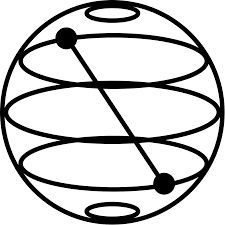-
Deconstructing error channels
Desconstructing hardware-based error channels into simpler noise models that are more readable.

-
Steady-States for Optomechanical System
Steady-State for Optomechanical Hamiltonian in the Single-Photon Strong-Coupling Regime
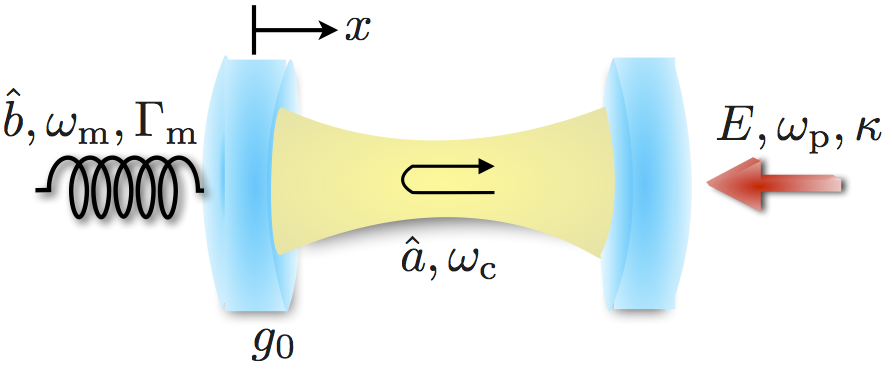
-
Efficient Simulation of Clifford Circuits
In this tutorial, we take a deep dive into learning about Clifford circuits and learn how to simulate them using PennyLane and see how to decompose quantum circuits into a set of universal quantum gates comprising Clifford gates.

-
Top 20 molecules for quantum computing
To help the quantum chemistry community find concrete cases for potential quantum advantage, we've curated a list of the 20 most interesting molecules for quantum computing.
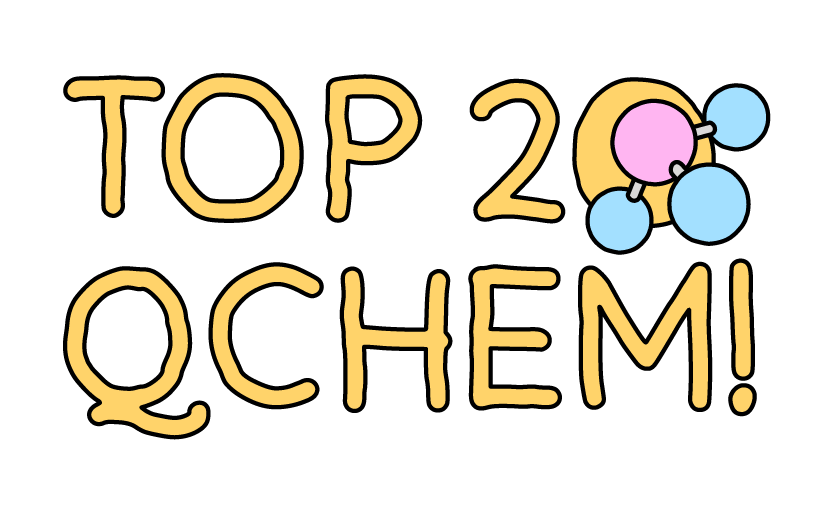
-
Qubit tapering
In this tutorial, we demonstrate the symmetry-based qubit tapering approach which allows reducing the number of qubits required to perform molecular quantum simulations.
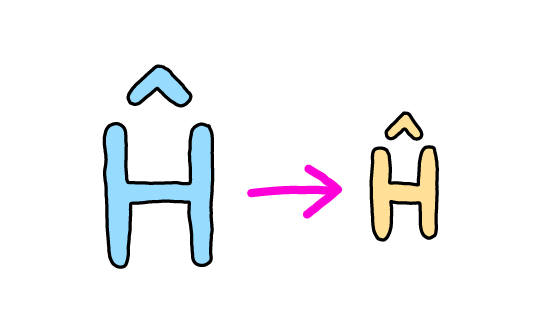
-
Zero noise extrapolation (ZNE) with PennyLane and Cirq
Estimating the potential energy surface of molecular Hydrogen with ZNE and PennyLane + Cirq

-
Machine learning for quantum many-body problems
This describes one of the ideas for using classical shadow formalism and machine learning to predict the ground-state properties of the 2D antiferromagnetic Heisenberg model.
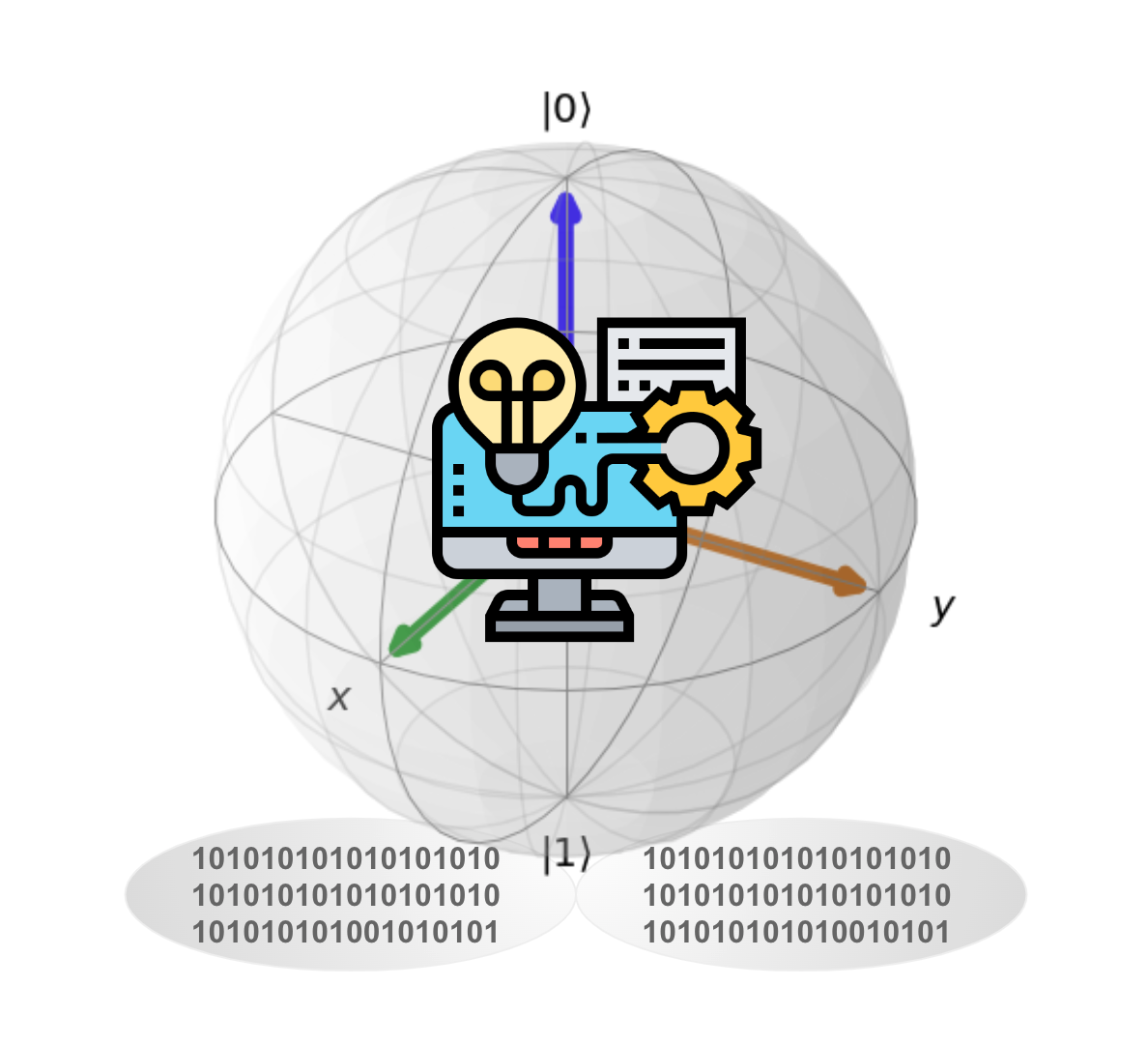
-
Introduction to Yao
An introductory tutorial to use Yao, a differentiable quantum programming in Julia and allows solving practical problems in quantum computation research.

-
Expressibility and Entanglement Capability of the Parameterized Quantum Circuits
An introductory tutorial to learn about how to compare different ansatz structure by measuring their expressibility and entanglement capabilities.
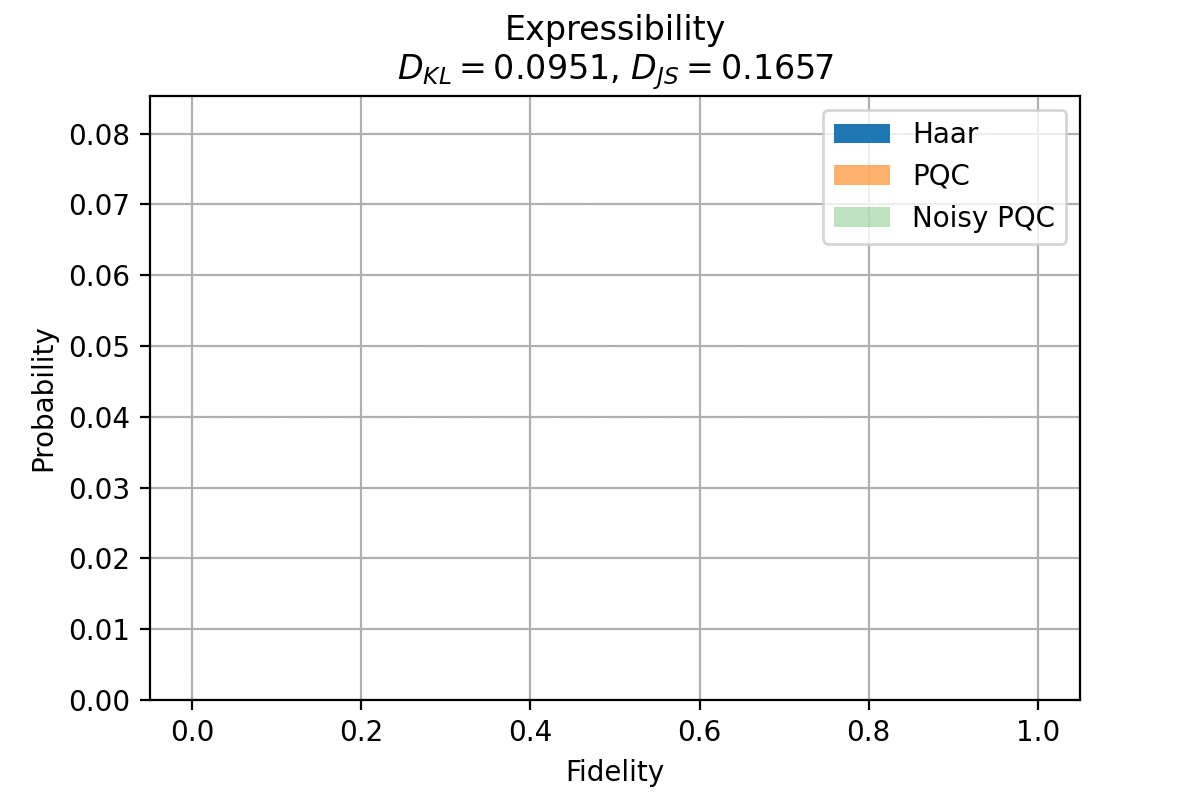
-
Introduction to Variational Quantum Eigensolver
This is an introduction on how to build VQE from scratch using Qiskit to find ground state and excited states for a Hamiltonian.
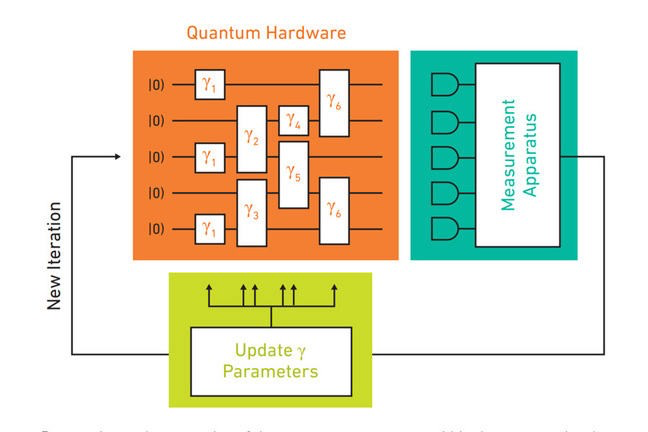
-
Introduction to Quantum Machine Learning
A short review of the theory and motivation behind interlinking of quantum computing and machine learning.

-
Introduction to Quantum Computing using Qiskit
This is an introduction on how to build VQE from scratch using Qiskit to find ground state and excited states for a Hamiltonian.
